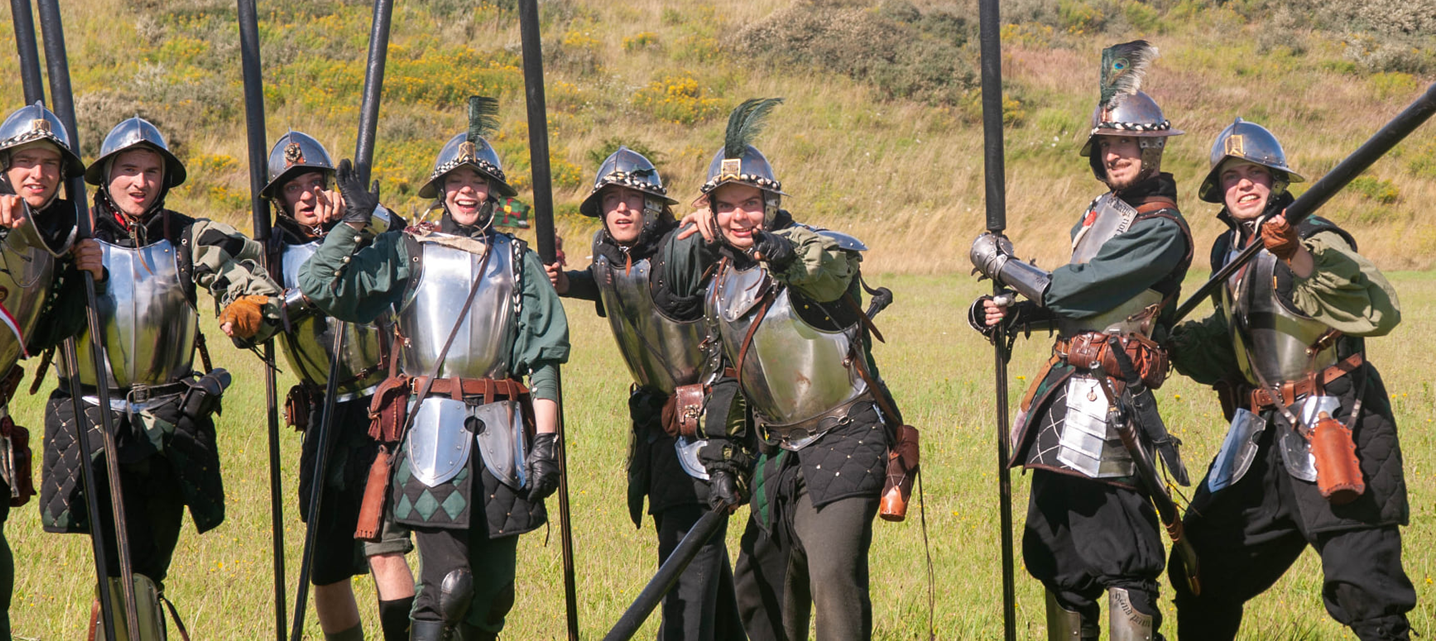Tag: Featured
-

Open Book: A Roadmap for Peer Editing
An explanation and discussion of the process by which 67 people came together to make the Knutepunkt 2025 book Anatomy of Larp Thoughts: A Breathing Corpus.
-
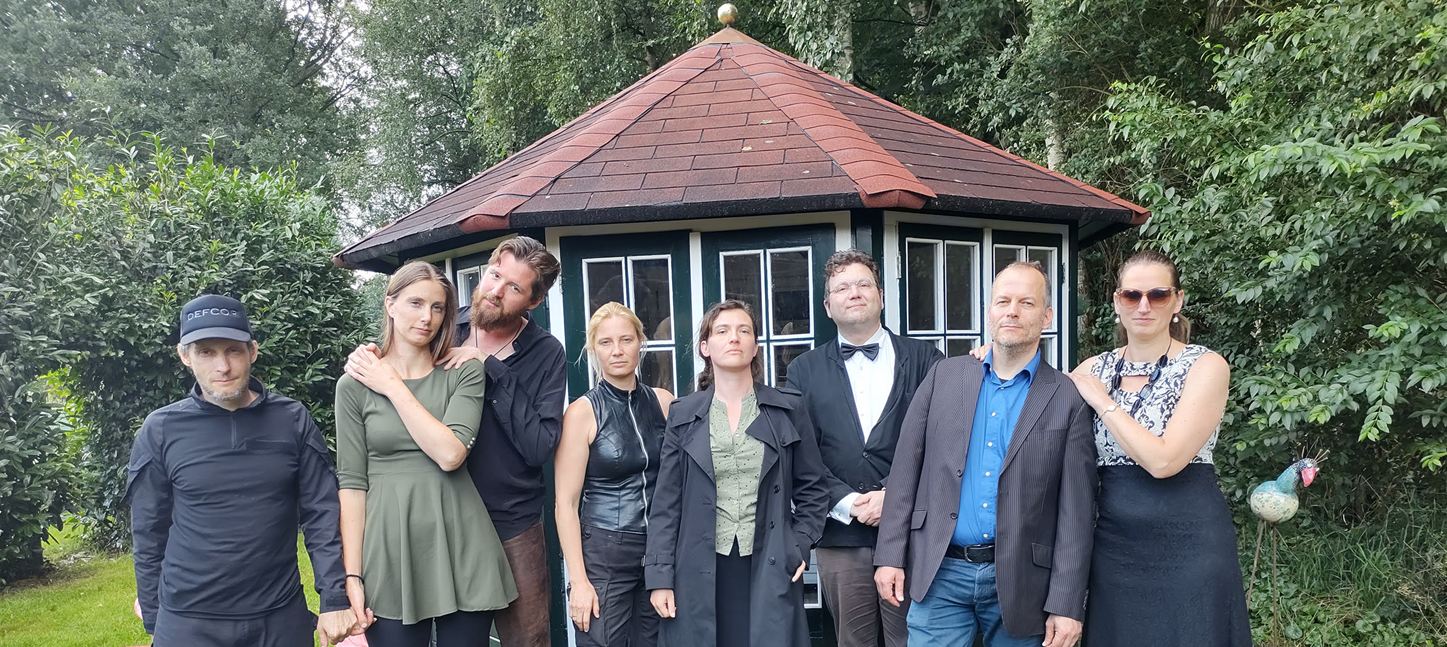
Improv Larp: How to Organize a Larp with the Least Amount of Effort
in
A collaboratively built experience co-created by all the participants together designed and played within the same weekend.
-

The Emotional Core
in
Sometimes in larps I get bored and disconnected. The solution? I need to start by looking for something to care about.
-
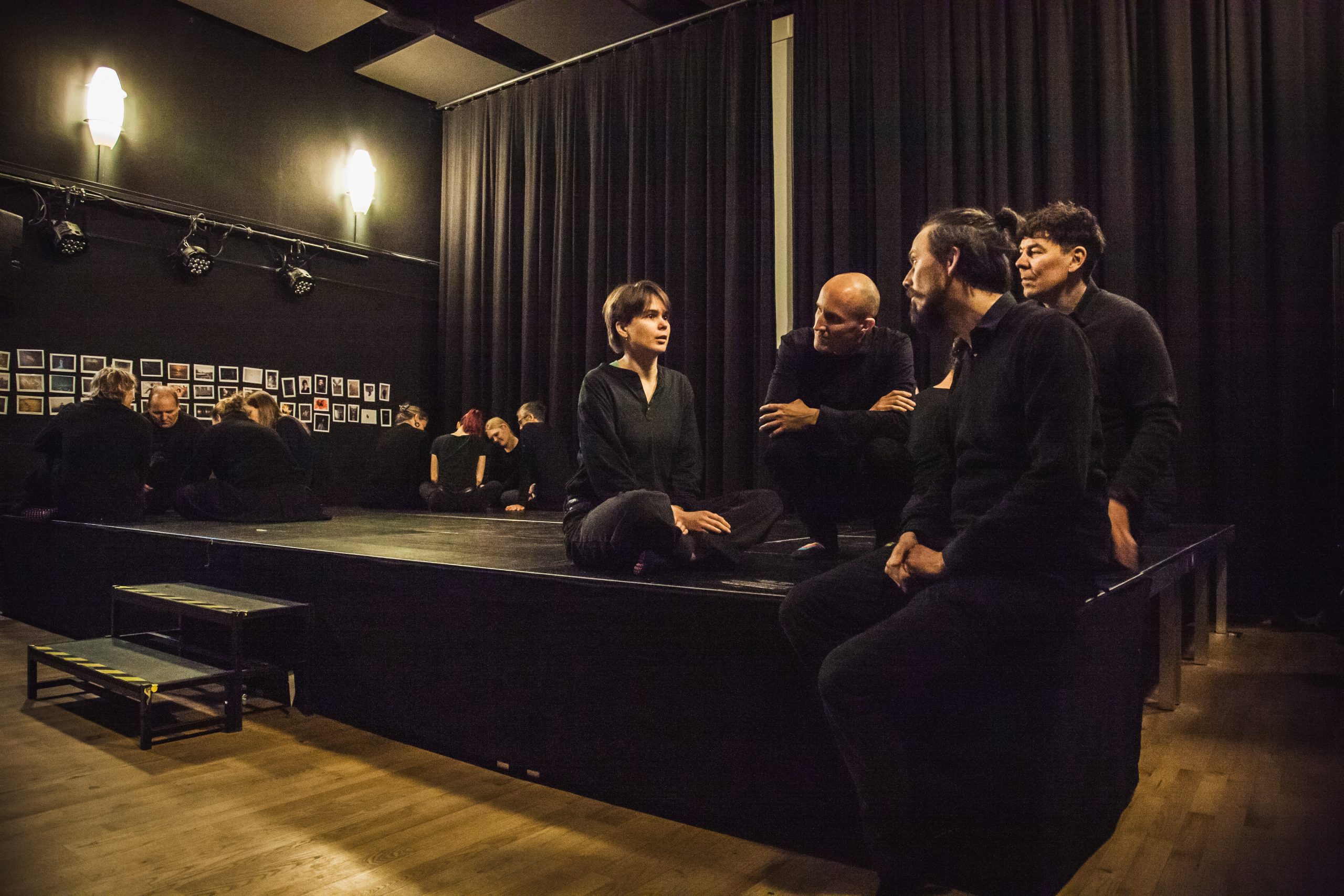
Workshop Design: A Guide
in
This article serves as a guide for workshop designers, outlining a series of steps that will take you from the initial idea to the final plan for a learning design.
-
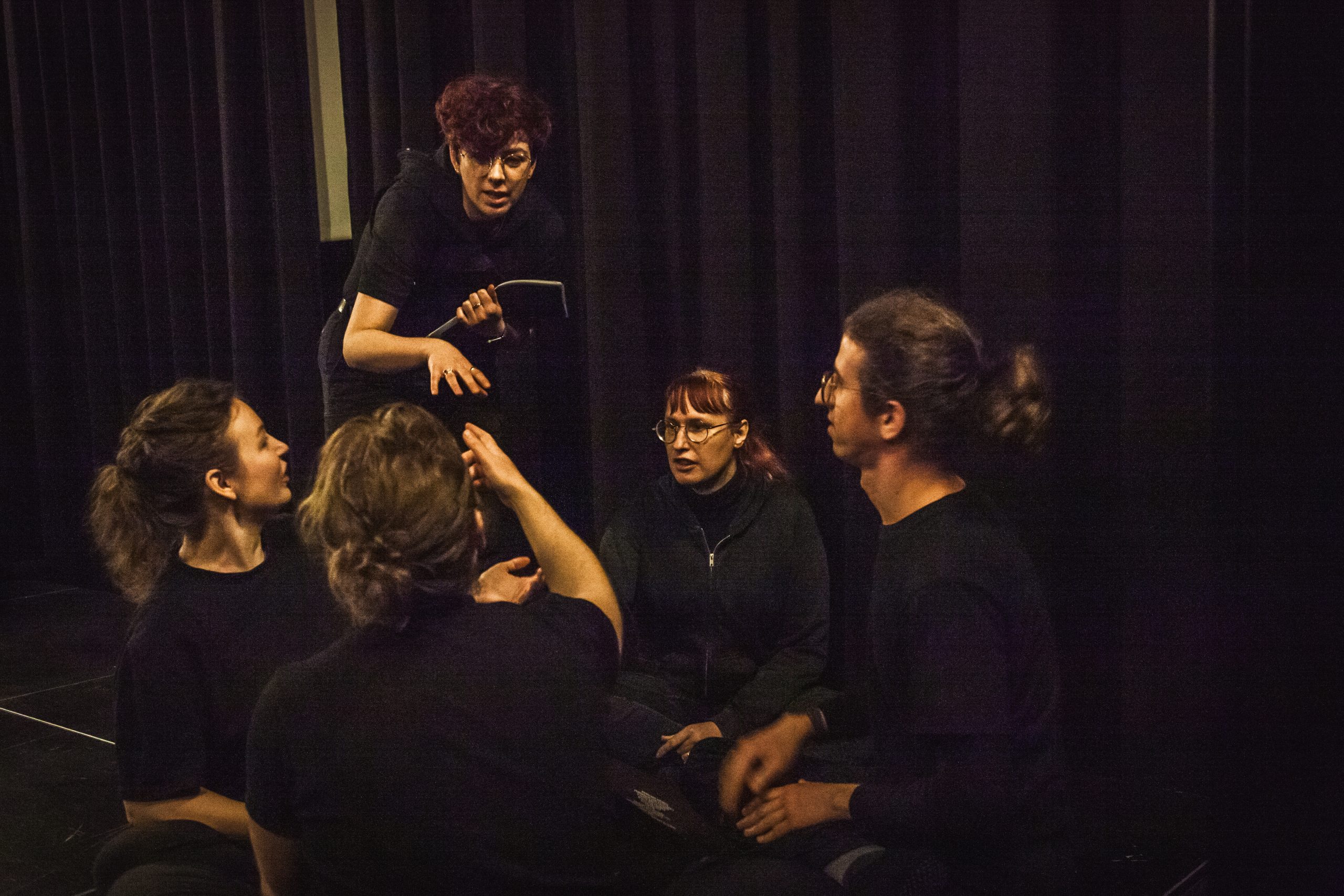
WEB: Workshop – Exercise – Briefing
in
The most common learning formats used for the pre-play-prep before a larp are: workshop, exercise, and briefing. The WEB model described below is a visual tool in two parts, created to define, distinguish, and summarize these three types of learning sessions.
-

Savoring Sameness: Hamburger larps
in
Whereas a blockbuster larp might be compared to attending a Broadway show one time, a hamburger larp is the pub you go to after work, or the community center at which you meet your friends on weekends.
-
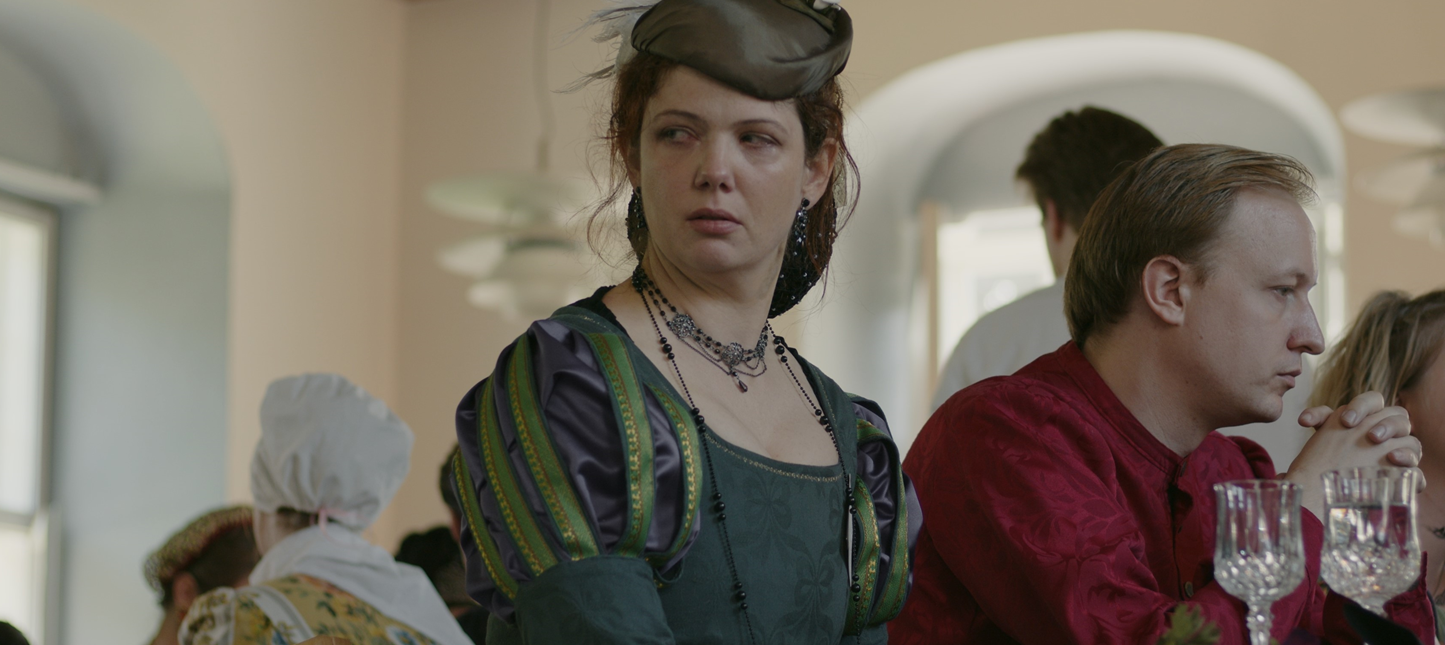
Dinner Warfare
in
Creating subtle but strong emotional pressure based on specific relations when designing eating situations in larps.
-

Nordic Larp is not ”International Larp”: What is KP for?
in
International larp is a tremendous thing, and it deserves to thrive and grow. But not at the expense of the Nordic larp that it borrows so heavily from.
